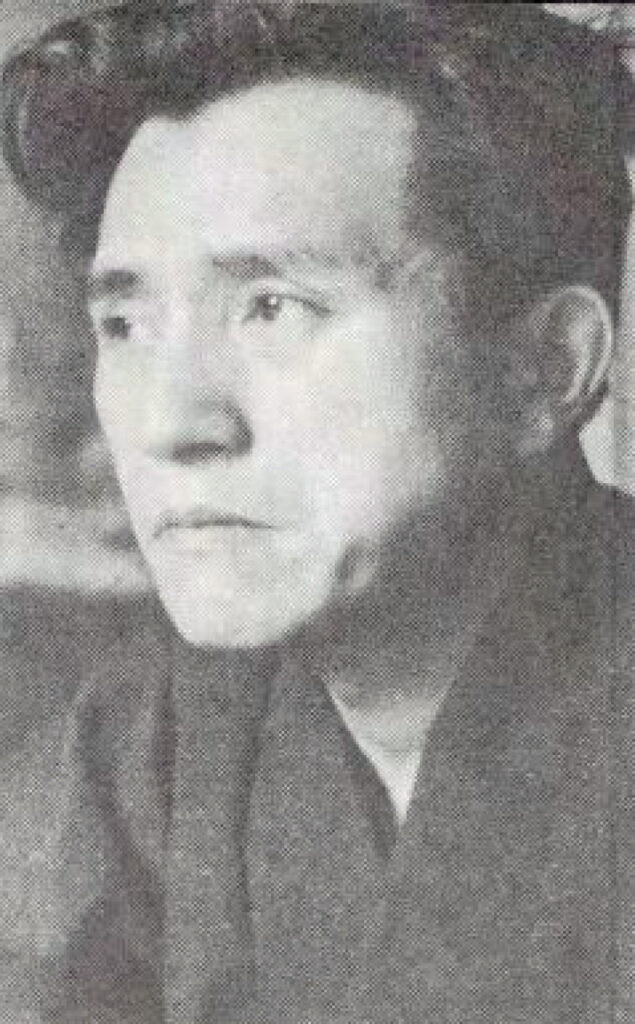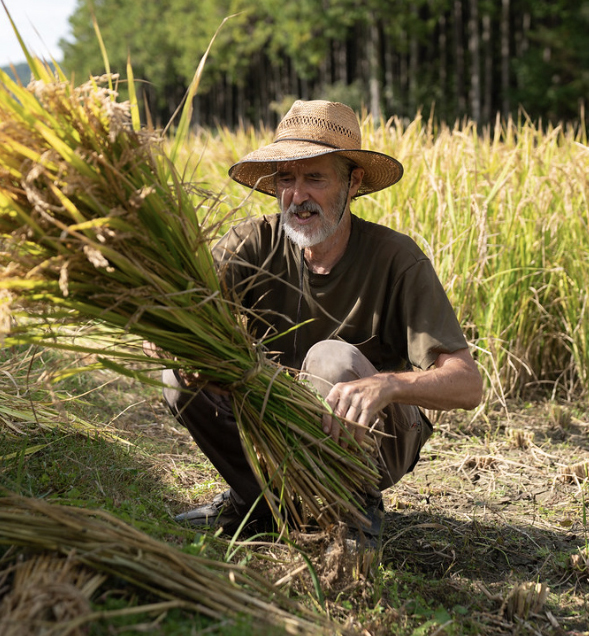by Sara Ackerman Aoyama
Introduction
Almost every member of WIK has written something about Kyoto and while there are many famous authors writing about Kyoto both in the distant past and the present, there are also many that remain unknown to us simply because they haven’t (yet) been translated into English. Like many other readers, I love to immerse myself in a book with a setting that is familiar. So when I was learning to read in Japanese, I would search for books set in Kyoto. My criteria was not necessarily great literature; for me, this was purely reading practice. Through trial and error, I found that a setting in Kyoto and/or a novel with ample dialog was my best bet. I did not try to understand every word or look up each unknown character. The only time I picked up my dictionary was when an unknown word or character made multiple appearances and I felt a compulsion to know the meaning or the reading.
In this short series, I want to introduce a few authors who used Kyoto as their setting for a number of their books. Once you understand an author’s style, it becomes easier and easier to read their books. My hope is that this will encourage intermediate and beyond Japanese language learners to try some of these books out. They are, for the most part, older books, so it should be easy to find copies in used bookstores. Most of all, I hope this encourages you to browse a few bookstores and find other wonderful authors that are still unknown to most English readers.
I begin with Mizukami Tsutomu. Or, Minakami Tsutomu. There seems to be little consensus on how to read his family name, or even his first name. I have heard Kai Fusayoshi refer to him as “Ben-chan” and I believe he was, at one time, a patron of Honyarado. He is certainly a prolific and colorful author. Surprisingly, I found his books on the contemporary geisha world and bar hostesses in downtown Kyoto fairly easy to read.
Biography
Mizukami Tsutomu (March 8, 1919 – September 8, 2004) was born in Fukui Prefecture in a small village. He was the second son of five siblings. At the age of nine, he was sent to live with a relative in Kyoto and to become an apprentice priest at a sub- temple of Shōkoku-ji called Zuishunin. However, the hard life of an apprentice priest didn’t suit him and he ran away at age thirteen.
He was brought back, this time to Tōji-in and the library he found there drew him into the world of literature. In 1937 he entered the Department of Literature at Ritsumeikan University. Having had tuberculosis, he was not assigned to active duty in the military during wartime, but instead was assigned to an army unit stationed in Fushimi.
After the war, he moved to Tokyo where his first book was published. He worked in many different fields (he claimed to have held 36 different jobs) to support his family. In 1959 his first mystery was published and sold quite well, establishing his name as a writer. From then on he was quite prolific and often wrote mysteries taking place in Hokuriku and Kyoto. He addressed a wide diversity of issues in his writing depending on where his interests took him. His family life was also quite colorful. His literary works won him a great number of awards and stretched into just about any genre you could imagine, including works for children. Though his works have been translated into both Russian and Chinese, he is oddly ignored by English language publishers. Only a few of his stories have been translated thus far.1 I note that there was also a translation published of a selection from his book called ‘Eating the Seasons’ in the Kyoto Journal Issue 83 on Food.
Mizukami’s works set in Kyoto are by no means considered to be his best books or the most representative, but I present them here because they are not terribly difficult for a student of the Japanese language to read. In fact, they provide an excellent introduction to the Kyoto dialect spoken in the geisha quarters and by some Kyotoites today. The story lines are quite simple and the settings provide a good introduction to different areas of Kyoto. Here are a few that I read many years ago when I was learning the Japanese language. It should be easy to find copies of them in used bookstores in Kyoto or elsewhere in Japan.
Books on Kyoto
五番町夕霧楼 [Gobanchō Yūgirirō] Published in 1962. Considered to be his representative work on Kyoto, it was written as a contrast to Mishima Yukio’s The Temple of the Golden Pavilion. A young girl from Tango is sold into servitude to the Gobanchō District in Nishijin. In fact, she is sold into prostitution. There are love triangles, suicides, and misbehaving priests, all culminating in a fire at Hōkakuji Temple. With all of these elements it is no surprise that it was made into two different TV dramas (1968 and 1974) and a Shochiku film in 1980.
沙羅の門 [Sara no Mon] “Sara’s Gate” Published in 1964. It’s a tearjerker of a story about an unwanted pregnancy of a woman lodging in a temple near Yasaka Shrine. There was also a film adaptation made the same year and directed by Seiji Hisamatsu.
京の川 [Miyako no Kawa] “Kyoto River” Published in 1965. The life and troubles of the geisha world in Kyoto. This was also serialized for the NHK Ginga Drama in 1969 with a total of 25 thirty-minute episodes.
女の森で [Onna no Mori de] “In the Forest of Women” Published in 1969. A two- volume work on the lives of the Gion geisha. This was serialized for the NHK Ginga Television Novels series in 1975 and has a total of 20 twenty-minute episodes. It’s an excellent book to immerse in.
波影・貴船川 [Namikawa Kibunegawa] Published in 1969. A collection of five short works. A good starting point as the works are shorter and you can pick and choose.
出町の柳 [Demachi no Yanagi] “The Willow of Demachi” Published in 1989 Another collection of five short works.
Also notable is 土を喰ふ日々, published in 1978 which was made into a film starring Sawada Kenji as recently as 2022 entitled The Zen Diary in English about a writer living in the mountains and what he cooks throughout the seasons. See the trailer.
General Resources Consulted
- Mizukami Tsutomu — Wikipedia entry (English). A rather brief entry.
- 水上勉 — Wikipedia entry (Japanese) Includes a list of his complete works.
- 戦後の京都と「赤線」の町 ―水上勉「五番町夕霧楼」論 — An article on post-war Kyoto and the red-light district where Gobanchō Yūgirirō takes place.
- The Temple of the Wild Geese and Bamboo Dolls of Echizen. Translated by Dennis C. Washburn in 2008. ↩︎








Recent Comments